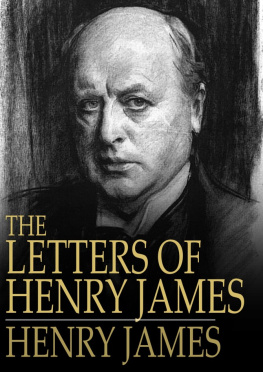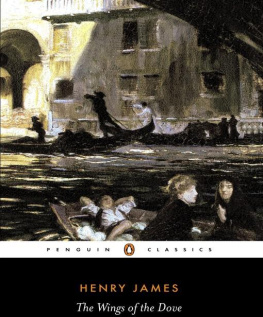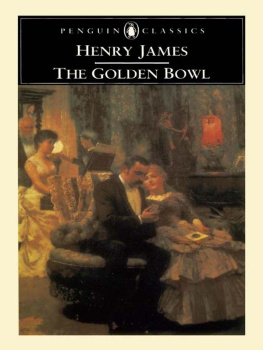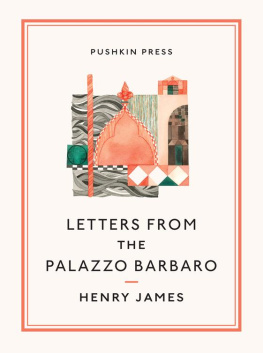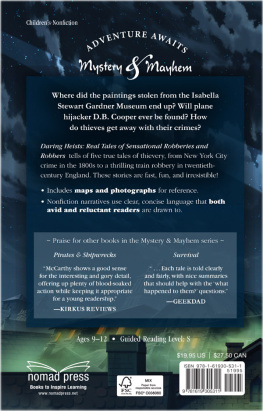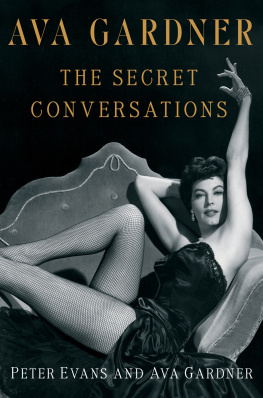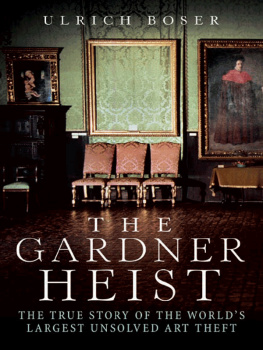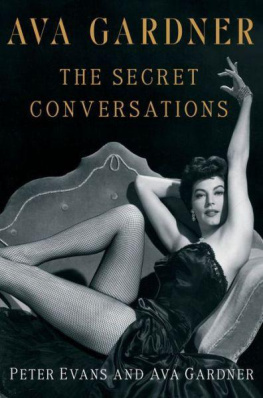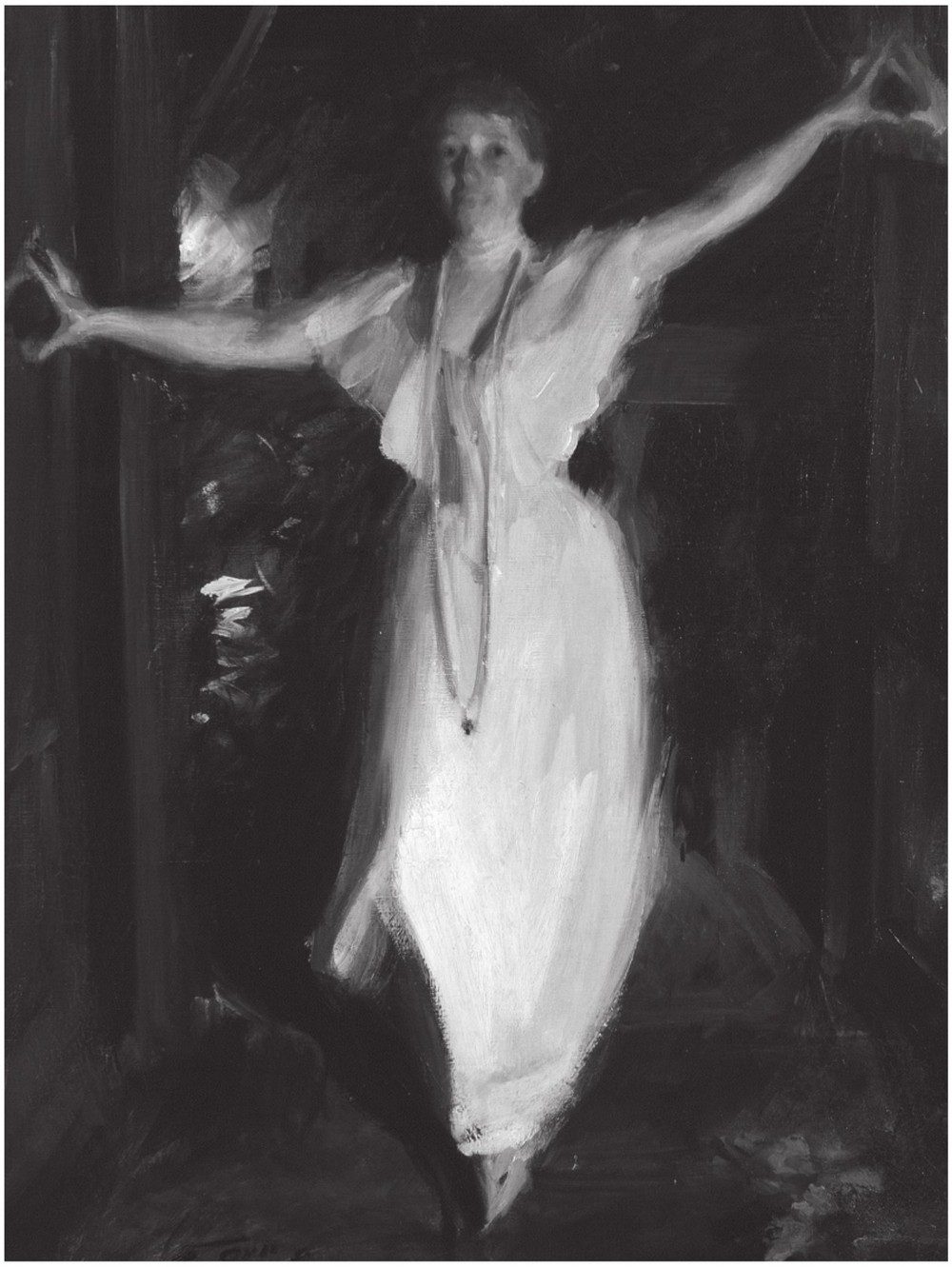It is quite astonishing that in the gold mine of letters written by American novelist Henry James (18431916), many of those he wrote to Isabella Stewart Gardner (18401924) should still be unpublished and uncollected.
This astonishment derives from the fame of the writer, but also from that of his addressee, Isabella Stewart Gardner, a very wealthy New Yorker, who married an equally wealthy Bostonian banker, John Lowell Gardner, Jr (183798), in 1860. She was the creator of one of the most important museums in the United States, Fenway Court, or the Isabella Stewart Gardner Museum, in Boston, which opened with a gala on 1st January 1903, and to the public on 23rd February.
Mrs Gardner, often judged in the Boston newspapers and in more conservative society as an eccentric figurewhich she probably enjoyed beingletting all sorts of legends grow around her, and flowers.
Dearest Queen, Chre charmeuse, Dear signora Isabella donna, Dear Queen Isabella, of the different ways in which friends of both sexes addressed Mrs Gardner in their letters, in adoring tones of absolute admiration. Isabella was respected, admired and flattered in her different decisions and actions, just like a queen.
Henry Jamess letters to her are differentthey are full of admiration, but they manage to keep a distance, to proclaim the writers independence in saving his precious time from too imposing and pressing invitations. Jamess affection and esteem for Mrs Gardner are sincere and intense and become stronger and stronger as the years go by; the novelist recognizes openly Mrs Gardners vitality and power, but he does not obey possible orders, even if this can be seen as a lack of faithfulness in their friendship: what is most important for James, in spite of his, at times, hectic social life, is the possibility of having time to devote to his writing, the real felicity of his life.
In the spring of 1884, Mrs Gardner is approaching Europe and Venice by way of the Suez Canal after a one-year voyage around the worldthe Gardners left Boston on 21st May 1883, and crossed the continent to San Francisco, from which they sailed aboard the City of Tokio on 29th May, to Japan, China, Cambodia, Java, India, and, via Aden and Cairo, to Crete, Zante, and finally Brindisi and Venice. correspondent writes to her that he will not be there (letter 27). After almost throwing at her face her great powerYou have everything, you do everything, you enjoy everythingJames admits to broken vows, smashed promises, necessary, however, to save something even more valuable than friendshiphis own writing. He declares that he knows too well she will not miss him, in her preposterously pleasant career, and presents himself with the image of the poor patient beast, developing to its utmost this metaphor and contrasting his own life of hard work with that of the lady travelling from the temples of Kyoto to Shanghai, from La Sonnambula in Java to the mountains of Shimla, enjoying life. But he will not join the crowd in spoiling her, as he is a real friend.
A tender irony allows James to save himself from becoming one of Mrs Gardners courtiers, even if he enjoys a very intense relationship with her, as demonstrated by how often he sent her his books, on one occasion asking her to correct some misprints in one of his essays (letter 23), and by writing to her about his plays (letters 1316, 2122, 49) which he vainly hoped would make him as famous as his contemporary Oscar Wilde.
Mrs Gardner loves going to the theatre just as James loves the stage as a place of possible successthey go to the theatre together or James gives advice on something he saw, in particular the plays performed in Boston in 1883 by the Italian actor Salvini, about whose
The world encompassed in these letters is vast, in space and time. It includes two continents, Europe and America, since Mrs Gardner and James see each other on both sides of the Atlantic and correspond across its waters; but it also includes the Far East, where Mrs Gardner is traveling in 188384, and where other friends of both Mrs Gardners and Jamess are, such as Percy Lowell or William Sturgis Bigelow; India, which the Gardners visit from north to south and where the Curtises announce they will go (letter 49); the West Indies and the South Sea islands, where Charles Robarts has some official post (letter 33). Reading these letters one realizes how much, how often and how far Jamess circle and generation travelled. Even the Fiji islands were part of their routes, not only for Robert Louis Stevenson but also for Henry Adams. If British friends travel in the British Empire, American friends seem not to have forgotten the Pacific Ocean whaling routes of their New England forebears.
The letters cover a wide space in timethey span a period of more than thirty years, from 1879 to 1914, a period full of world events, some of which appear in Henry Jamess letters to William and other friends, are present.
One letter shows clearly on which side James was in a case that inflamed public opinion, the famous Dreyfus affair, where the trial leading to the condemnation to forced labour in 1894 of a Jewish French officer charged with treason was re-opened thanks to a famous article by Emile Zola, Jaccuse, in 1898 (letter 69).
Among the great events of the century there was the 1893 Chicago World Columbian Exposition, to which the Gardners were invited, having lent a painting, and where Mrs Gardner saw The Omnibus, a picture by Anders Zorn. She bought the painting, and later invited the Zorns to Palazzo Barbaro, where the Swedish painter created Isabellas wonderful portrait. James imagines Mrs Gardner going to the Exposition, with her own building, a more barbarous Barbaro, all of her own, among the Federal and the State buildings (letter 56).
The last letter, dated 20th April 1914, closes the correspondence, leaving out the great tragedy that made the whole country a huge workshop of war, a few months later, bringing a tremendous strain.
People and letters cross the ocean, Mrs Gardner and James see each other in London, in Paris, in Venice, but also on the other shore of the Atlantic, in the various homes of Mrs Gardner, at Beacon Street in Boston, at Beverly on the Massachusetts coast, at Green Hill, in Brookline, near Boston.
Several letters allow us to enter the intense and private world of the deepest family affectionsJames writes to Mrs Gardner a particularly intense and moving letter on the death of his mother (letter 12), other letters regard other family lossesthe death of Alice (184892)letter 50, Jamess sister who died of cancer after a lifetime of psychological invalidism, and of William (18421910)letter 92his closest brother.
To Mrs Gardner James writes with great sympathy and affection after the sudden death of her husband on 10th December 1898 (letter 68).
Other personal losses and private tragedies are not recorded or only hinted at: there is no word on the suicide of Mrs Gardners nephew, Joe Gardner, no hint appears of the alcoholism and psychological weakness of their younger brother Robertson, mentioned in letter 78.
Across these wide spaces and dramatic times a varied world of artists, writers, public figures, mutual friends crop up.
Amazingly few letters allude to the works of art bought by Mrs Gardner, and to her final creation, the museum.
The almost total lack of references to art and art collecting in these letters does not allow us to see what James thought of Mrs Gardners collection or of her purchases. The exception is the multiple mention of Titians Rape of Europa, which was offered to her by Bernard Berenson. James commented on Mrs Gardners acquisition of this painting in the course of 1898, merging with some irony the image of the buyer with that of the mythical figure (letter 65: incredible woman!I mean


